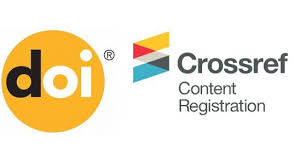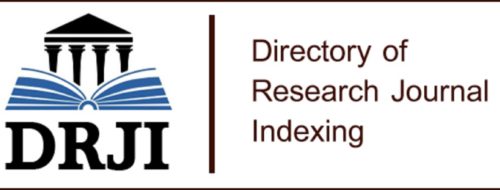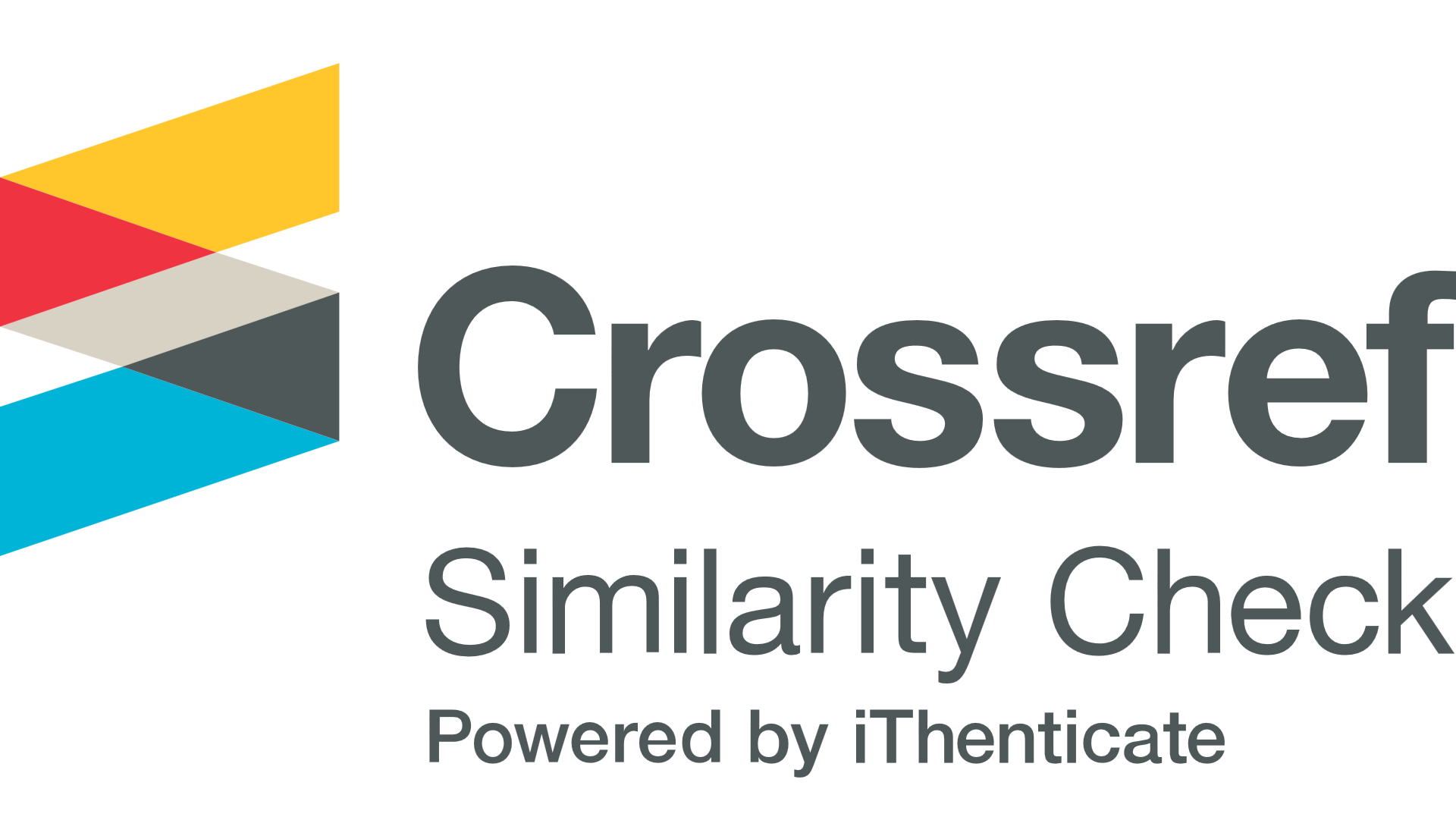CONSUMO DE SUSTANCIAS ESTUPEFACIENTES EN ADOLESCENTES. ESTUDIO DE CASO PARROQUIA SUCRE DEL CANTÓN 24 DE MAYO, ECUADOR
DOI:
https://doi.org/10.46296/yc.v5i9edespsoct.0130Palabras clave:
adicción, adolescencia, sustancias ilícitas, sustancias psicotrópicasResumen
El deterioro físico, social y psicológico ante el uso de estupefaciente ha podido evidenciarse en distintos grupos de estudio a lo largo de la historia. En los adolescentes por la susceptibilidad psicológica es mayor el riesgo del consumo de estupefaciente y la adicción a estos. Este estudio tiene como objetivo: demostrar que el consumo de sustancias estupefacientes genera daños en la salud psicosocial en los adolescentes en la parroquia Sucre del cantón 24 de mayo. La investigación tomó en consideración una muestra de 32 partícipes extraída del total de pacientes atendidos en un tiempo determinado en el aérea de psicología del objeto de estudio. En la recolección de los datos se aplicó la entrevista y el test para la evaluación de la calidad de vida en adictos a sustancias psicoactivas. Los resultados muestran que los adolescentes consumidores de estupefacientes tienen actitudes que afectaban a sus capacidades físicas en su rutina diaria, y presentaban problemas en la memoria. Sin embargo, el grupo de estudio se encuentra receptivo a recibir la terapia psicológica, valor social de esta investigación. Estos adolescentes presentaban dudas con respecto a la efectividad de las terapias cognitivo-conductual que tomaban en el Centro de Salud.
Palabras claves: adicción, adolescencia, sustancias ilícitas, sustancias psicotrópicas.
Abstract
The physical, social and psychological deterioration due to the use of narcotic drugs has been evidenced in different study groups throughout history. In adolescents, due to psychological susceptibility, the risk of drug use and addiction is greater. This study aims to: demonstrate that the consumption of narcotic substances causes damage to psychosocial health in adolescents in the Sucre parish of the canton of May 24. The research took into consideration a sample of 32 participants drawn from the total number of patients seen in a given time in the psychology area of the object of study. In the data collection, the interview and the test were applied to assess the quality of life in addicts to psychoactive substances. The results show that adolescent drug users have attitudes that affected their physical abilities in their daily routine, and they had memory problems. However, the study group is receptive to receiving psychological therapy, a social value of this research. These adolescents have doubts regarding the effectiveness of the detoxification and behavioral-cognitive therapies that they were taking at the Health Center.
Keywords: Adolescence, socialization, use of psychotropic substances, recuperation.
Información del manuscrito:
Fecha de recepción: 02 de julio de 2021.
Fecha de aceptación: 01 de septiembre de 2021.
Fecha de publicación: 25 de octubre de 2021.
Descargas
Citas
Blakemore, S. J., & Robbins, T. W. (2012). Decision-making in the adolescent brain. Nature Neuroscience, Vol. 15, pp. 1184–1191. https://doi.org/10.1038/nn.3177
Castellanos-Ryan, N., Pingault, J. B., Parent, S., Vitaro, F., Tremblay, R. E., & Séguin, J. R. (2017). Adolescent cannabis use, change in neurocognitive function, and high-school graduation: A longitudinal study from early adolescence to young adulthood. Development and Psychopathology, 29(4), 1253–1266. https://doi.org/10.1017/S0954579416001280
CICAD, SSM, & OEA. (2019). Informe sobre el consumo de drogas en las Américas. Washington.
Colder, C. R., Shyhalla, K., & Frndak, S. E. (2018). Early alcohol use with parental permission: Psychosocial characteristics and drinking in late adolescence. Addictive Behaviors, 76, 82–87. https://doi.org/10.1016/j.addbeh.2017.07.030
Coupey, M. (2000). The middle adolescent girl: ages 14-17 years. Primary Care of Adolescent Girls, 2, 17–26.
Coupey, S. (2000). The early adolescent girl: ages 10-13 years. Primary Care of Adolescent Girls, 2, 1–15.
Do, K. T., McCormick, E. M., & Telzer, E. H. (2020). Neural sensitivity to conflicting attitudes supports greater conformity toward positive over negative influence in early adolescence. Developmental Cognitive Neuroscience, 45, 100837. https://doi.org/10.1016/j.dcn.2020.100837
Griffin, K. ., & Botvin, G. . (2010). Evidence-based interventions for preventing substance use disorders in adolescents. Child Adolesc Psychiatr Clin N Am, 9, 505–526.
Guerri, C., & Pascual, M. (2019). Impact of neuroimmune activation induced by alcohol or drug abuse on adolescent brain development. International Journal of Developmental Neuroscience, Vol. 77, pp. 89–98. https://doi.org/10.1016/j.ijdevneu.2018.11.006
Gulley, J. M., & Izenwasser, S. (2021a). Adolescent drug addiction. Pharmacology Biochemistry and Behavior, 203(0091–3057), 173151. https://doi.org/https://doi.org/10.1016/j.pbb.2021.173151.
Gulley, J. M., & Izenwasser, S. (2021b). Adolescent drug addiction. Pharmacology Biochemistry and Behavior, 203, 173153. https://doi.org/https://doi.org/10.1016/j.pbb.2021.173151
Hornberger, L. L. (2006). Adolescent psychosocial growth and development. Journal of Pediatric and Adolescent Gynecology, 19(3), 243–246. https://doi.org/10.1016/j.jpag.2006.02.013
Hota, M., & Bartsch, F. (2019). Consumer socialization in childhood and adolescence: Impact of psychological development and family structure. Journal of Business Research, 150, 11–20. https://doi.org/https://doi.org/10.1016/j.jbusres.2019.07.035
Johnson, M. (2015). Adolescence, Sociology of. In International Encyclopedia of the Social & Behavioral Sciences (2nd ed., pp. 115–120). Elsevier.
Johnson, M. H., Grossmann, T., & Kadosh, K. C. (2009). Mapping Functional Brain Development: Building a Social Brain Through Interactive Specialization. Developmental Psychology, 45(1), 151–159. https://doi.org/10.1037/a0014548
Kendler, K. S., Ohlsson, H., Edwards, A. C., Sundquist, J., & Sundquist, K. (2017). A developmental etiological model for drug abuse in men. Drug and Alcohol Dependence, 179, 220–228. https://doi.org/10.1016/j.drugalcdep.2017.06.036
McLellan, A., Lewis, D., & O’Brien, C. (2000). Drug Dependence, a Chronic Medical Illness: Implications for Treatment, Insurance, and Outcomes Evaluation. JAMA Neurology, 13(280), 1689–1695.
Mitchell, P. F., Kutin, J. J., Daley, K., Best, D., & Bruun, A. J. (2016). Gender differences in psychosocial complexity for a cohort of adolescents attending youth-specific substance abuse services. Children and Youth Services Review, 68, 34–43. https://doi.org/10.1016/j.childyouth.2016.06.016
Nations United. (2019). World Drug Report. Viena.
Parrott, A. C., Gouzoulis-Meyfrank, E., Rodgers, J., & Solowij, N. (2004). Ecstasy/MDMA and cannabis: the complexities of their interactive neuropsychobiological effects. Journal of Psychopharmacology, 18(4), 572–576. https://doi.org/10.1177/0269881104047286
Pasman, J. A., Smit, D. J. A., Kingma, L., Vink, J. M., Treur, J. L., & Verweij, K. J. H. (2020). Causal relationships between substance use and insomnia. Drug and Alcohol Dependence, 214, 108151. https://doi.org/10.1016/j.drugalcdep.2020.108151
Savarese, A. M., & Crabbe, J. C. (2020). Addiction. In Rosenberg’s Molecular and Genetic Basis of Neurological and Psychiatric Disease (pp. 687–698). https://doi.org/10.1016/B978-0-12-813866-3.00041-2
Snow, W. M., Stoesz, B. M., Kelly, D. M., & Albensi, B. C. (2014). Roles for NF-κB and gene targets of NF-κB in synaptic plasticity, memory, and navigation. Molecular Neurobiology, Vol. 49, pp. 757–770. https://doi.org/10.1007/s12035-013-8555-y
Spirito, A., Hernandez, L., Cancilliere, M., Gravez, H., Rodriguez, A., & Operario, D. (2017). Parent and adolescent motivational enhancement intervention for substance-using, truant adolescents: A pilot randomized trial. Journal of Clinical Child & Adolescent Psychology, 47, S467-479.
The world medical association INC. (2008). Declaration of Helsinski.





























